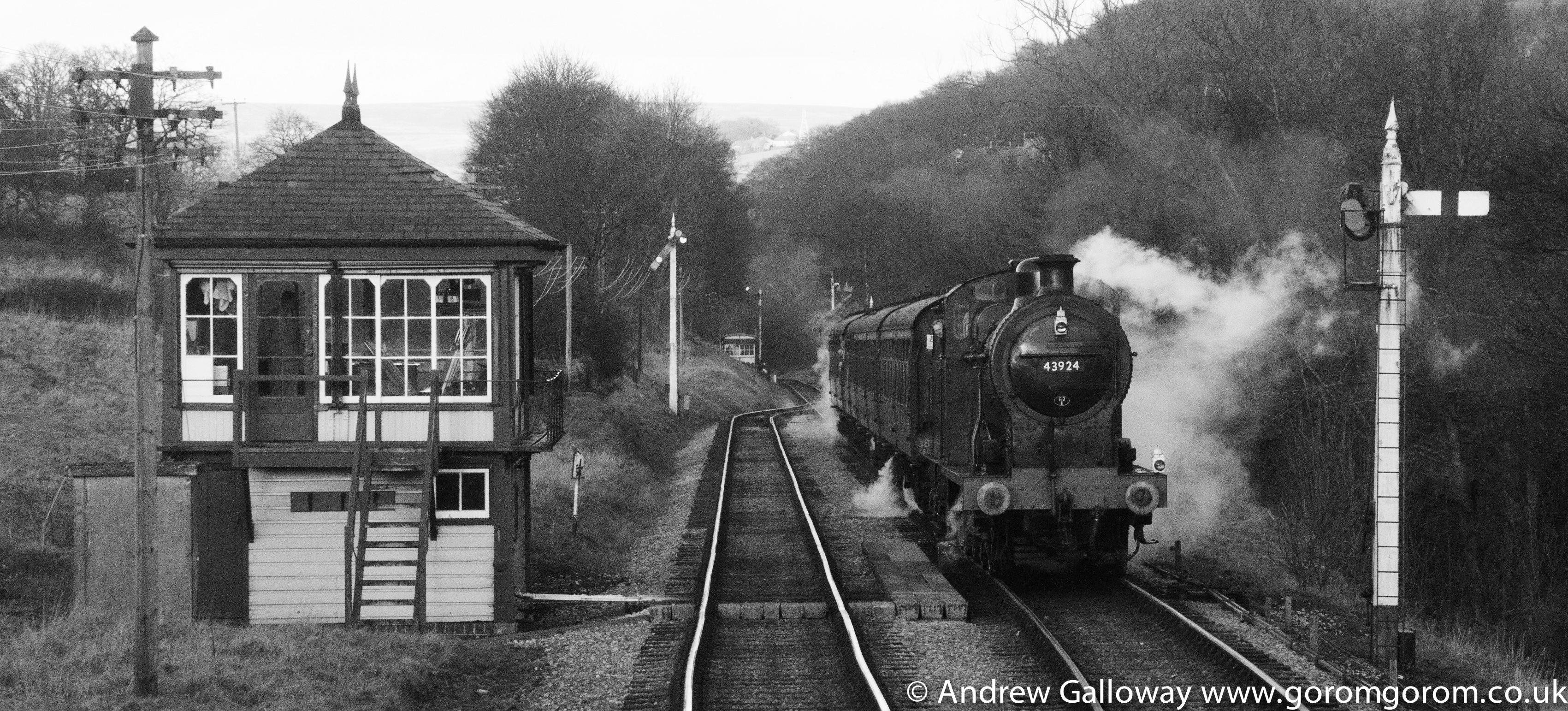In this series of six articles, one of which was originally published in the August 2018 edition of The Great Outdoors magazine, I explore my life-long connection with the town of Haworth in West Yorkshire, as it’s association with the Brontë family.
During the summer months of the 1970’s the river Aire ran bright and singing past the meadows of Kirkstall Abbey, we caught Sticklebacks in jam jars from the streams and the summer heat fair split the granite setts in the avenues. My sister’s house stood close by Burley Park Station on the Leeds-Harrogate-York railway line. I recall a boy who lived in the house at the very end of the avenue, from where there was an unobstructed view over the railway tracks. By some process of divine cognition he knew exactly when the British Rail heritage locomotives would come steaming up the track from Leeds. How I loved to watch over the backyard wall as these behemoths of a bygone age thundered past, carrying families to Scarborough for the day.
A real treat was when my sister suggested we take a trip from Leeds City Station on the draughty and noisy class 110 British Rail diesel units along the Airedale line to the market town of Keighley, home of the Worth Valley Railway. From here the former Midland Railway 4F class steam locomotives would strain at a sedate and stately pace against the gradient – one-in-fifty-eight at its steepest point – issuing bellowing clouds of bituminous steam, climbing three-hundred feet in five miles up the Worth Valley to Oxenhope. Imagine my delight when my sister informed me that Oakworth station was used as the location for the 1970’s film The Railway Children, the famous petticoats waving scene having been filmed at the Mytholmes tunnel a few hundred metres further up the line.
The tour of the engine sheds at Oxenhope, where the line terminates, held a certain fascination for a young boy. My sister however, was more enthusiastic when we alighted from the train at Haworth station and walked the half-mile to the town high street. Here she would relate tales of three remarkable sisters who had lived there many years ago.
Thirty-seven years later it was not the engine shed at Oxenhope but those three remarkable sisters that drew me back to Haworth.
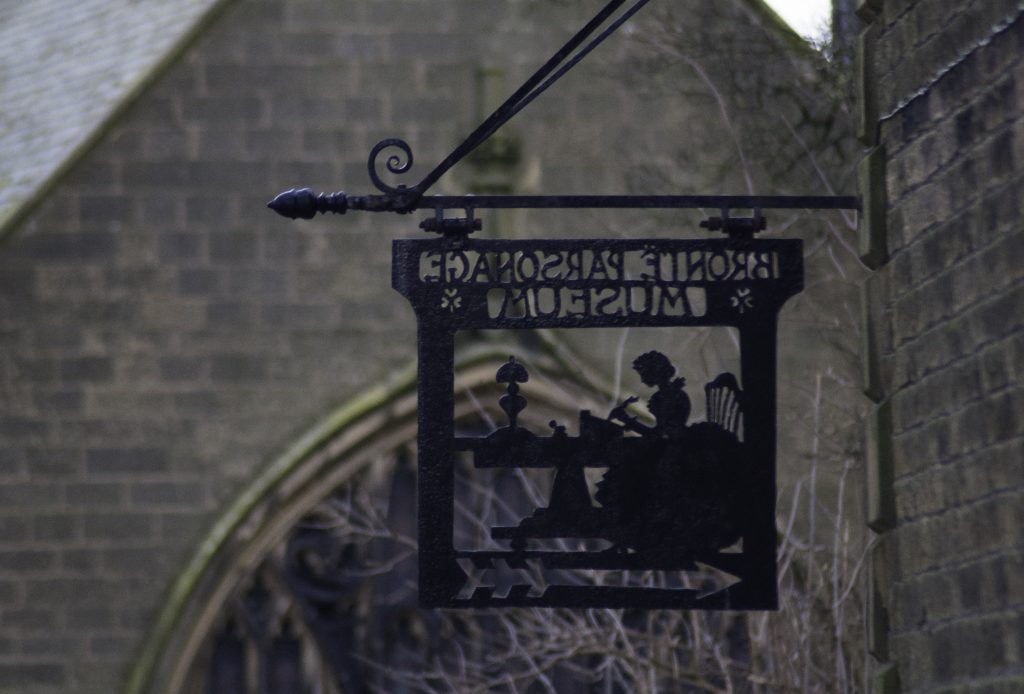
It was a slate grey missal morning as I set out over the heights of the M62 motorway into Yorkshire passing the famous Stott Hall Farm, located in the centre of the carriageways not, as urban myth would have, because of a dispute of land ownership, but rather a simple necessity of geotechnical engineering. The weather had not improved by the time I reached Keighley and did nothing to alleviate the dreary aspect of a town, which has over the decades sadly succumbed to industrial decline and mercilessly functional architecture. Keighley main line station is a case in point and has few charms to be recommended but the branch line platform retains many of the original Midland Railway features, redolent of the platform scenes in David Lean’s Brief Encounter.

The arrival of the matt black locomotive, hauling several maroon and cream British Railway carriages, exhaling sulphurous steam like an asthmatic dragon, was greeted with universal delight by children and adults alike. Soon the hyperventilating engine was pulling us away from the black, gaping windows of abandoned factories and mills. We passed over bridges of creamy mustard sandstone beneath which the river Worth plunged and tumbled over weirs and cascades. We travelled at the speed of horses in the passing fields, that trotted to keep pace with the engine, past embankments where free range bantams scurried in panic from the approaching fire-breathing beast. In time the clickety-clack swaying of the carriages began to exert a somnambulant effect on old men and babies.
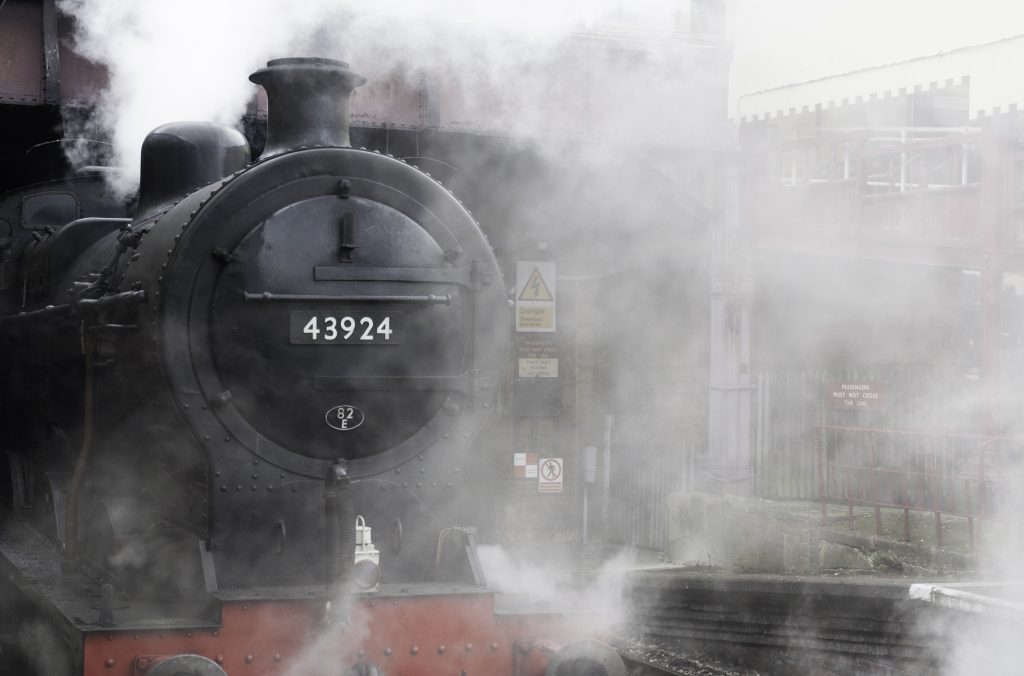
The weight of my head nodded me awake as the train halted at Haworth station and I quickly gathered my belongings and stepped down onto the platform. Placing my feet carefully, diffidently, as I had done back in those hazy summers of the 1970’s, I began to climb the steep hill of High Street, past the holiday cottages, the gift shops selling Yorkshire Relics, craft shops, ladies fashion boutiques, old maids’ parlours, the notorious drinking houses and enough tea shops, cafés and restaurants to keep the Duke of Wellington and all his armies fed and watered.
It is perhaps easy to see Haworth High Street as evidence of crass commercialism, but in comparison to many of the high streets of Britain, it has retained something of its independent charm and has not (yet) succumbed to the invasion of global chains that homogenise so many towns and cities. Behind the Black Bull Inn a side street leads past the Victorian parish church of St. Michael and All Angels, built to replace the previous building in 1879, past the church yard, closed in 1856 due to over crowding, to the former parsonage house which was once the home of the Brontë family.
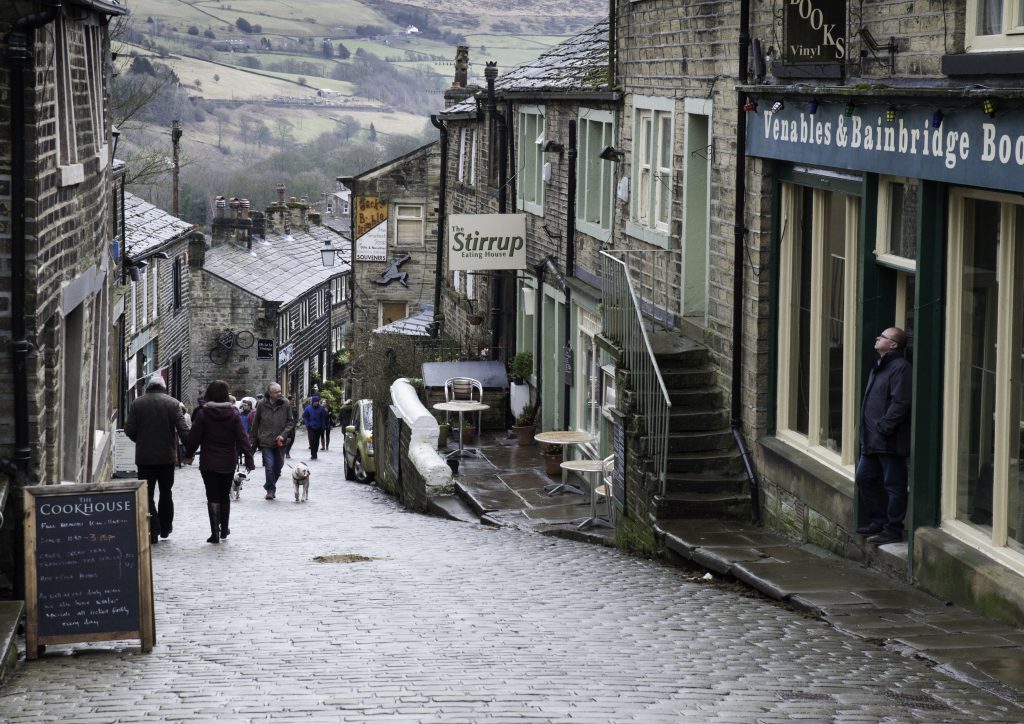
There is little that has not been written about the Brontë family, that most enigmatic, celebrated, tragic, quasi-mythological family of this Yorkshire moorland and darkly industrial town. Of Patrick, the ambitious, diligent, pious clergyman; of his only son Branwell, the much maligned, unrecognised and ultimately alcoholic artist and poet; of Charlotte, the celebrated literary sensation of her time, proto-feminist and heartbroken author; of Anne, the affectionate, unassuming, oft overlooked novelist; and of Emily, the uncompromising, sensitive, often reclusive lover of nature, who penned perhaps the most singular work of fictional prose in the English language. Indeed, over the course of the one hundred and fifty years since their untimely deaths, whole forests have been felled in service of the Brontë myth and the propagation of a legion of fictional, biographical and psychological tomes. Certainly, a single chapter of discourse would not do justice to their intricate and fascinating story, nor to any half-hearted critical appraisal of their works. I do not intend to enter into that room. The road to Haworth is paved with a thousand authors, many falling bereft at the wayside, each offering their own particular interpretation and spin upon the saga. I came here only to remember and to experience once again a place I love.
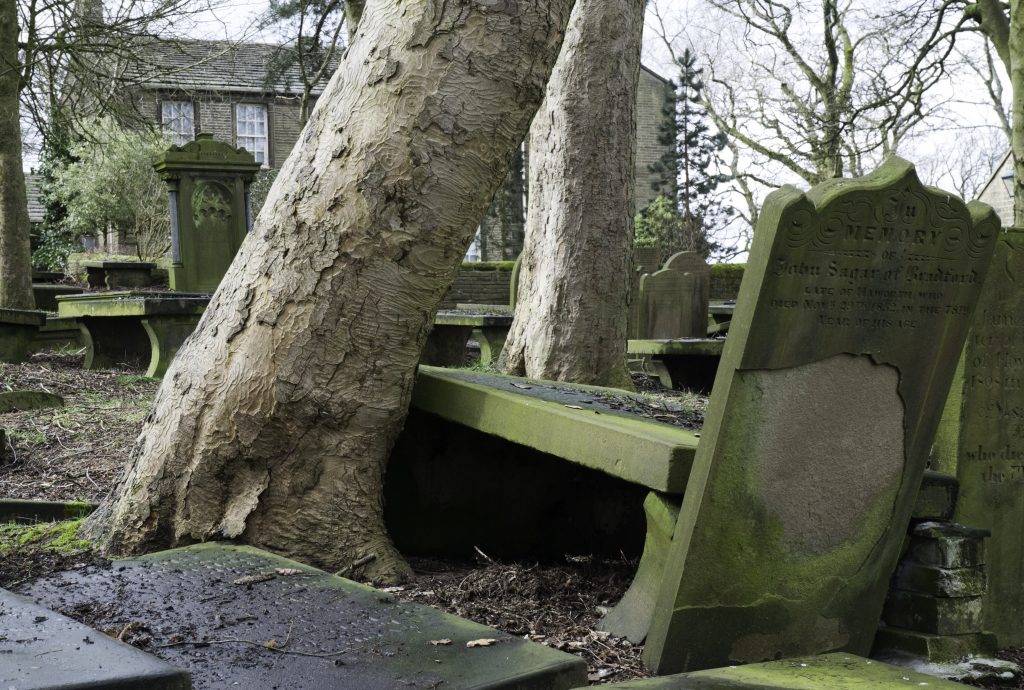
I cannot remember how I lost my sister. She was perhaps busy still in the parsonage museum, but I recall vividly the wind stirring the tops of the sycamore trees in the church yard and the arguments of the rooks in their lofty canopy and the tranquillity, which is different to quiet, of that moment. Wandering amongst the sepulchres and tombstones I found the cemetery boundary wall, which to my juvenile frame appeared tall and insurmountable. Using the copingstones as leverage I pulled myself up and looked over the wall into the fields beyond. The enclosed meadows stretched for some half a mile, separated by an array of parallel dry stonewalls and beyond, the briefest glimpse of moorland heather where the ground rose to the horizon. I was gripped by an overwhelming desire to take flight over the wall and be off. As I began to find a footing on the protruding tie stones, the familiar treble of my sister’s voice sounded across the graveyard, calling me back.
To be continued in Chapter 2 …..

